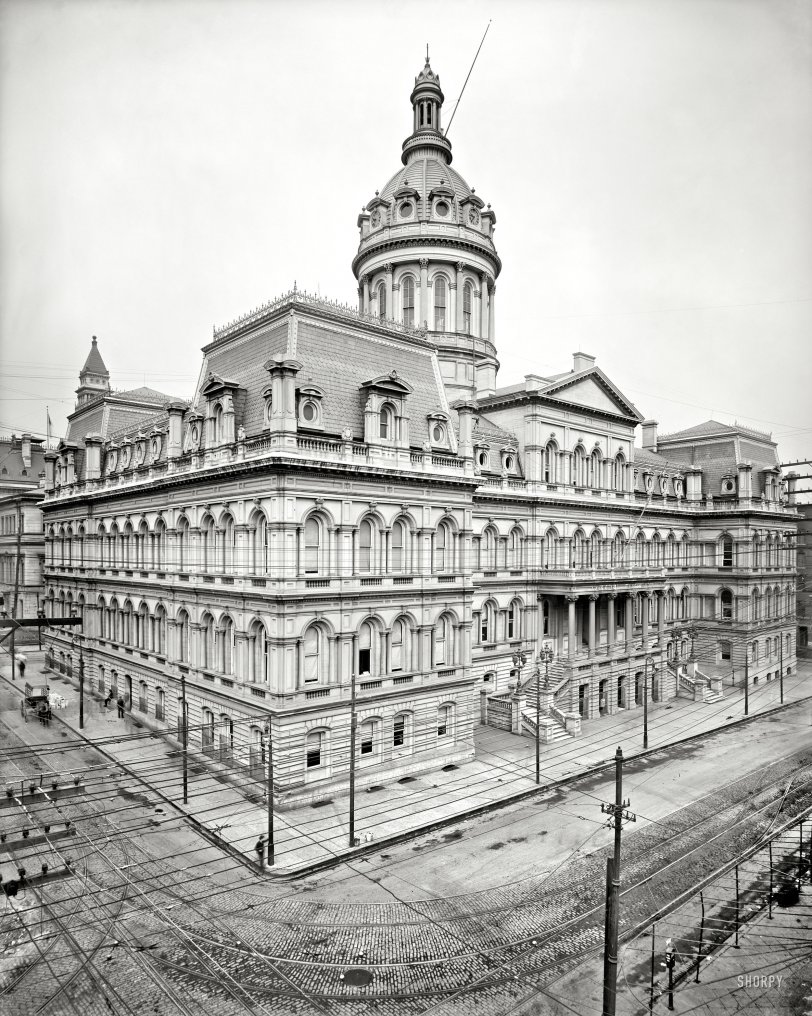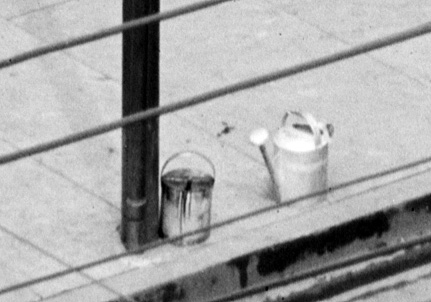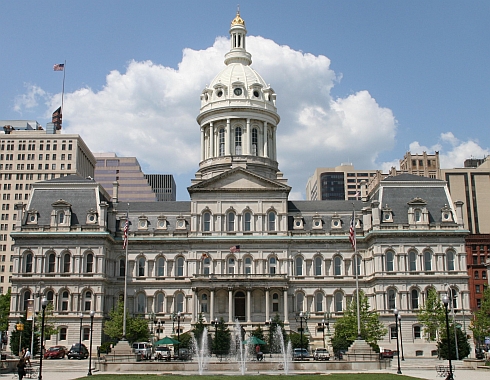


Framed or unframed, desk size to sofa size, printed by us in Arizona and Alabama since 2007. Explore now.
Shorpy is funded by you. Patreon contributors get an ad-free experience.
Learn more.

- Baldwin 62303
- Baldwin VO-1000
- Cold
- No expense spared
- Tough Guys
- Lost in Toyland
- And without gloves
- If I were a blindfolded time traveler
- Smoke Consumer Also Cooks
- Oh that stove!
- Possibly still there?
- What?!?
- $100 Reward
- Freeze Frame
- Texas Flyer wanted
- Just a Year Too Soon
- WWII -- Replacing men with women at the railroad crossing.
- Yes, Icing
- You kids drive me nuts!
- NOT An Easy Job
- I wonder
- Just add window boxes
- Icing Platform?
- Indiana Harbor Belt abides
- Freezing haze
- Corrections (for those who care)
- C&NW at Nelson
- Fallen Flags
- A dangerous job made worse
- Water Stop
Print Emporium
On the Grid: 1900

Circa 1900. "Baltimore City Hall." Rising behind a web of wires. 8x10 inch dry plate glass negative, Detroit Publishing Company. View full size.
What Are Those Things?
Wondering what those chimney like devices are on the wings; good to see they survived the renovations, but what were they for?
[Chimneys for the steam-heating system is my guess. A large building like this would need a lot of them. - tterrace]
Watering can
I'd be surprised if that watering can didn't contain something like paint thinner to wipe up drips on the pavement. It doesn't look like he's masking things off.
Man on the corner
I imagine he was doing then what I'm doing now, wondering what the heck that watering can is doing at the curb. There is not one flower, shrub, window box or planter in sight in any direction. I don't see any sanitation guys around, and that can is too small for their purposes anyway I would think. Just another of many mysteries these old scenes present to us.
[Possibly associated with the bucket of - what? Tar, perhas? - tterrace]
Well, it may perhave something to do with that paint can with the tip of a brush handle sticking up out of it. It just looks too clean to be related. Both seem lonely and out of place.

Old Balto
Growing up in Balto during the 1950s, there were still cobblestone (brick) pavements to be found.
Fruit and vegetable vendors, using horse-drawn carts, traveled throughout the city. They were called "arabbers". It was a thrill for a city kid to see such sights - not to mention the bananas and watermelons.
Sadly, much of old Balto has deteriorated, and the civic pride, evidenced by such a building, is gone.
Baltimore must have been very nice then.
It's mighty grim now.
This explains the damp pencil
It bears mentioning that George Frederick was all of 21 when he put his pencil to paper and designed this beautiful building, so the expression "wet behind the ears" certainly applies to the young but destined-to-be-successful architect. I have attended a number of meetings there and I wonder what Boy George would think of the metal scanner that greets each visitor nowadays.
His descendants have this Web site that will tell you a lot about Mr. Frederick. I see that his brother, Alphonse, and I attended the same college but a few years apart. OK, many years.
http://georgeafrederick.com/index.html
Where the "B'hoys" are
Designed by George Frederick, City Hall was built in 1875. It escaped the Baltimore Fire in 1904, and was restored in the mid 1970's at a cost of $10.5 million. A new Hall would likely have cost about as much, but without any of the class.
Baltimore's political leaders/followers/hangers-on/bootlicks and assorted general characters ["B'hoys"] have done an awful lot of wheeling and dealing inside these walls in that time.
Cat's heads
Here in Poland, we call "cat's heads" these type of rock road.
Not changed much
112 years later and it still looks pretty much the same.

























On Shorpy:
Today’s Top 5